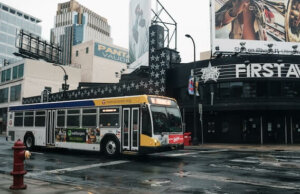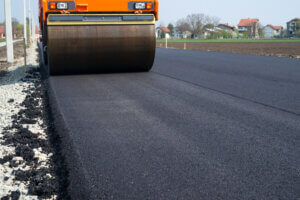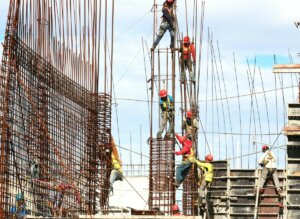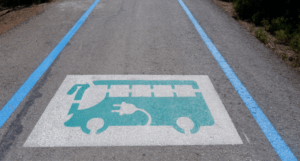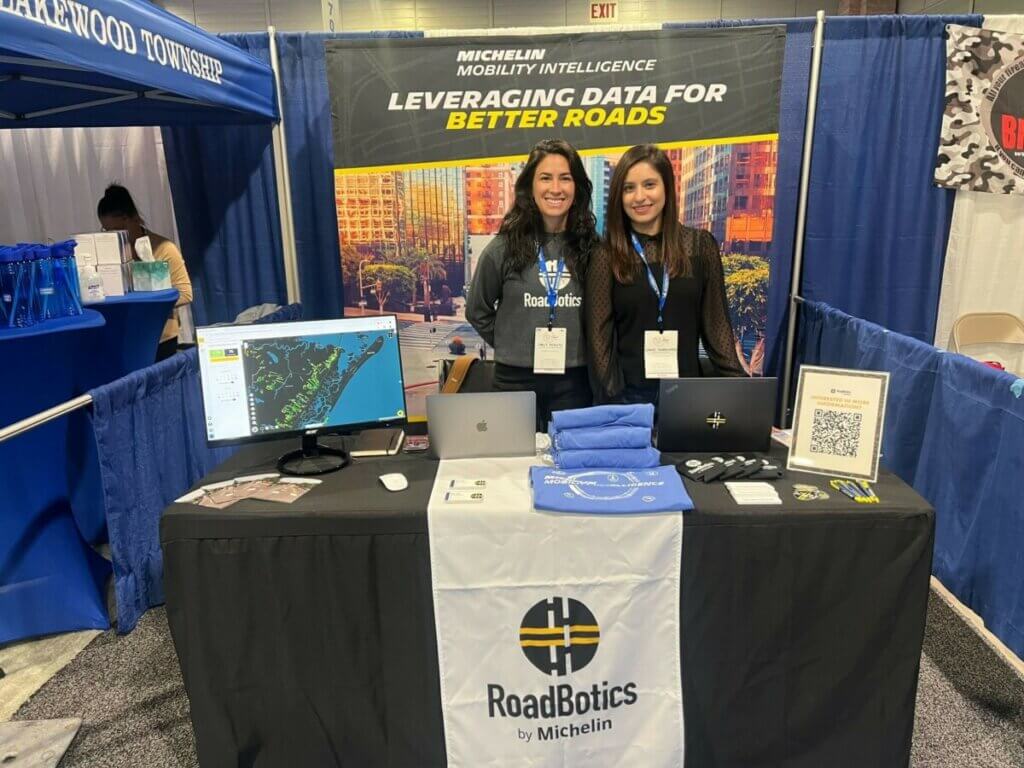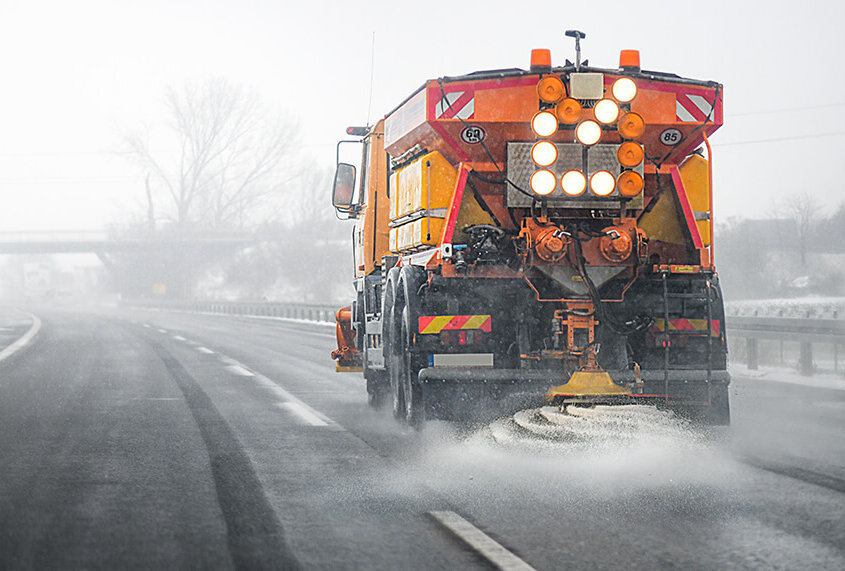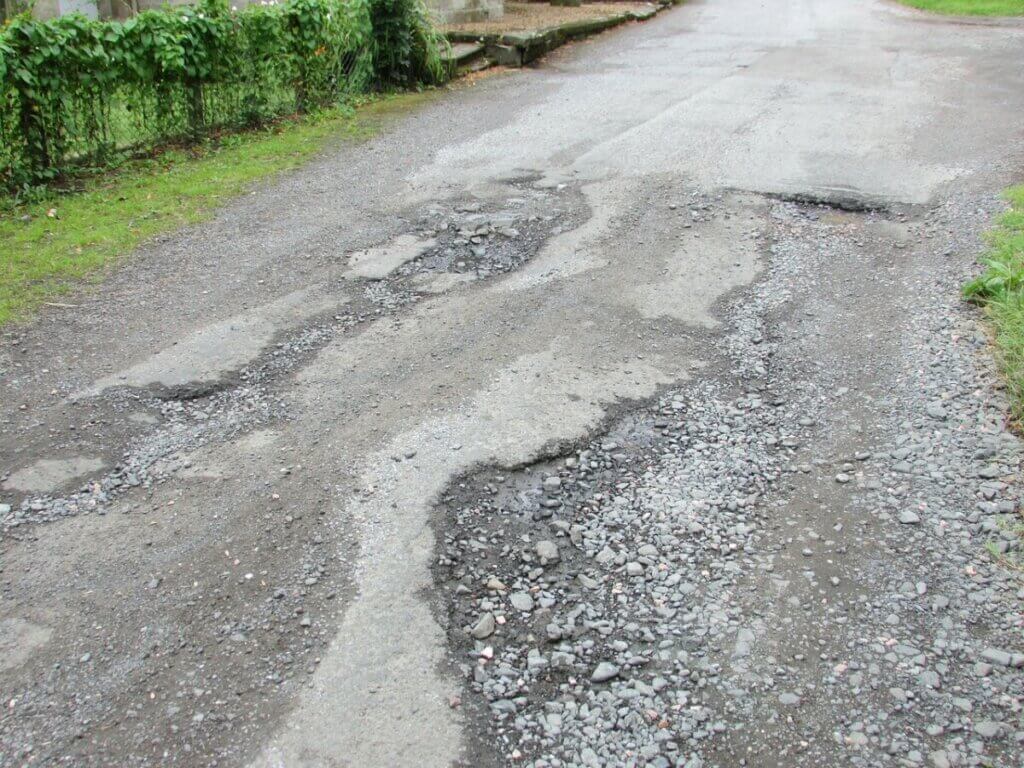The Infrastructure Bill and The Programs It Will Fund
The United States marked an important milestone this year as the Infrastructure Bill passed in the Senate, and three long months later, in the House. President Biden signed the Bill into law on Monday, November 15.
$1.2 trillion are now budgeted to improve infrastructure over the next five years at the federal, state, and local levels, with a heavy focus on transportation. Former New Orleans Mayor Mitch Landrieu will oversee setting the new law into motion and tracking its effectiveness.
The Infrastructure Bill will support new and existing federal programs across agencies like the Department of Transportation, the Department of Energy, the Department of Commerce, and the Environmental Protection Agency, including:
- A five-year reauthorization of Federal Surface Transportation Programs (cost varies)
- Clean Water and Drinking Water State Revolving Funds ($11.7 billion each year)
- The Promoting Resilient Operations for Transformative, Efficient and Cost Saving Transportation (PROTECT) program ($7.3 billion in formula funding, in addition to $1.4 billion of competitive grant funding appropriated through the Highway Trust Fund)
- Carbon Reduction Program within the Federal Aid Highway Program ($6.4 billion)
- Highway Safety Improvement Program ($2.407 billion)
The majority of Infrastructure Bill funding will be awarded based on different formulas, taking factors like population and tax revenue into account. States will receive grants and loans through the Federal Government agencies mentioned above.
Out of the $550 billion of new funding allotted for each year, $76 billion will be given to states and to local governments through discretionary funding and competitive transportation grants.
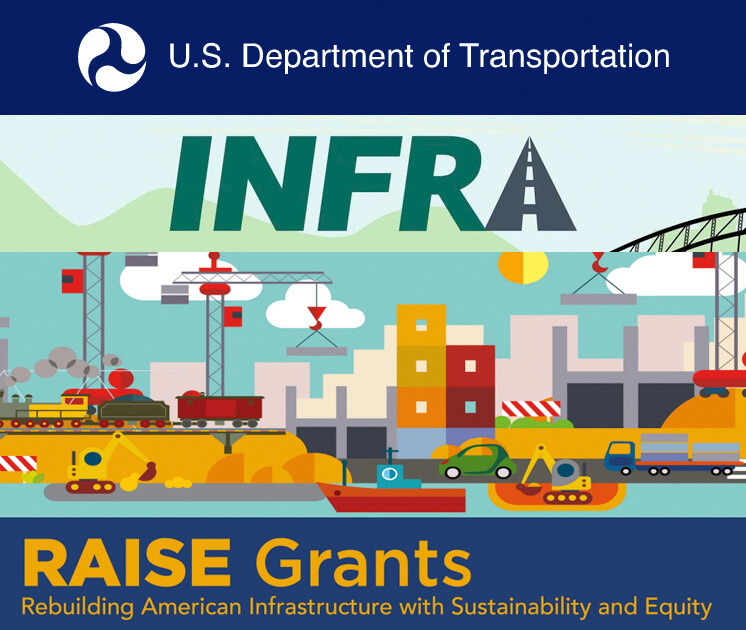
Both state and local governments can submit for these competitive grants through the Department of Transportation’s discretionary grant process, which includes programs like RAISE Discretionary Grants and INFRA Grants. The Department will have a lot of leverage deciding which projects get approved, and their goal is to distribute 40% of those funds to historically disadvantaged communities.
Examples of federal programs that state and local governments can specifically submit projects for and their available funding include:
It is unclear exactly how much will trickle down to local governments – and when those local governments can expect to have cash in hand- but that hasn’t stopped them from reviewing their project backlogs and coming up with new ones. For example:
Sarasota plans to extend the Legacy Trail, a local biking hub, and to improve wastewater management.
Pittsburgh is looking forward to extending the East Busway and widening chronically clogged Bates Street. In addition, they hope competitive grants are also approved for things like autonomous vehicles, dam upgrades, and battery manufacturing.
Seattle hopes to revive its aging infrastructure with many “shovel-ready” projects. Bridges like the West Seattle Bridge that faced emergency closure last year need attention, plus they would like to address preventative projects to promote healthy streets and expand Sound Transit’s reach.
North Carolina, like many other states, is eager to address internet accessibility issues that primarily affect residents in rural areas.
Kentucky officials are debating which of the Brent Spence Bridge, Mountain Parkway widening, or other projects in their 6-year highway plan will be top contenders for funding.
Is your community or firm seeking infrastructure dollars and needing to provide documentation to secure funding?
Let a RoadBotics by Michelin Expert show you how our technology can help. Schedule a meeting today.
REFERENCES:
- https://www.brookings.edu/blog/the-avenue/2021/11/09/america-has-an-infrastructure-bill-what-happens-next/
- https://www.investopedia.com/here-s-what-s-in-the-usd1-trillion-infrastructure-bill-passed-by-the-senate-5196817
- https://www.whitehouse.gov/briefing-room/statements-releases/2021/11/06/fact-sheet-the-bipartisan-infrastructure-deal/
- https://www.whitehouse.gov/briefing-room/statements-releases/2021/08/04/white-house-releases-state-fact-sheets-highlighting-the-impact-of-the-infrastructure-investment-and-jobs-act-nationwide/
- https://www.wsj.com/articles/how-the-infrastructure-bill-changes-the-way-road-transit-dollars-will-flow-11636281003
- https://www.forconstructionpros.com/infrastructure/article/21903175/what-happens-now-that-infrastructure-bill-is-signed-into-law
- https://www.cnbc.com/2021/08/31/infrastructure-bill-map-which-states-get-the-most-money.html
- https://www.cbpp.org/research/state-budget-and-tax/its-time-for-states-to-invest-in-infrastructure
- https://www.whitehouse.gov/briefing-room/statements-releases/2021/11/06/fact-sheet-the-bipartisan-infrastructure-deal/
- https://www.whitehouse.gov/briefing-room/statements-releases/2021/11/23/fact-sheet-the-bipartisan-infrastructure-law-will-revitalize-main-street/
- https://www.dentons.com/en/insights/alerts/2021/november/15/infrastructure-investment-and-jobs-act-signed-into-law?utm_source=email&utm_medium=email&utm_campaign=vuture
- https://www.naco.org/resources/legislative-analysis-counties-infrastructure-investment-jobs-act

